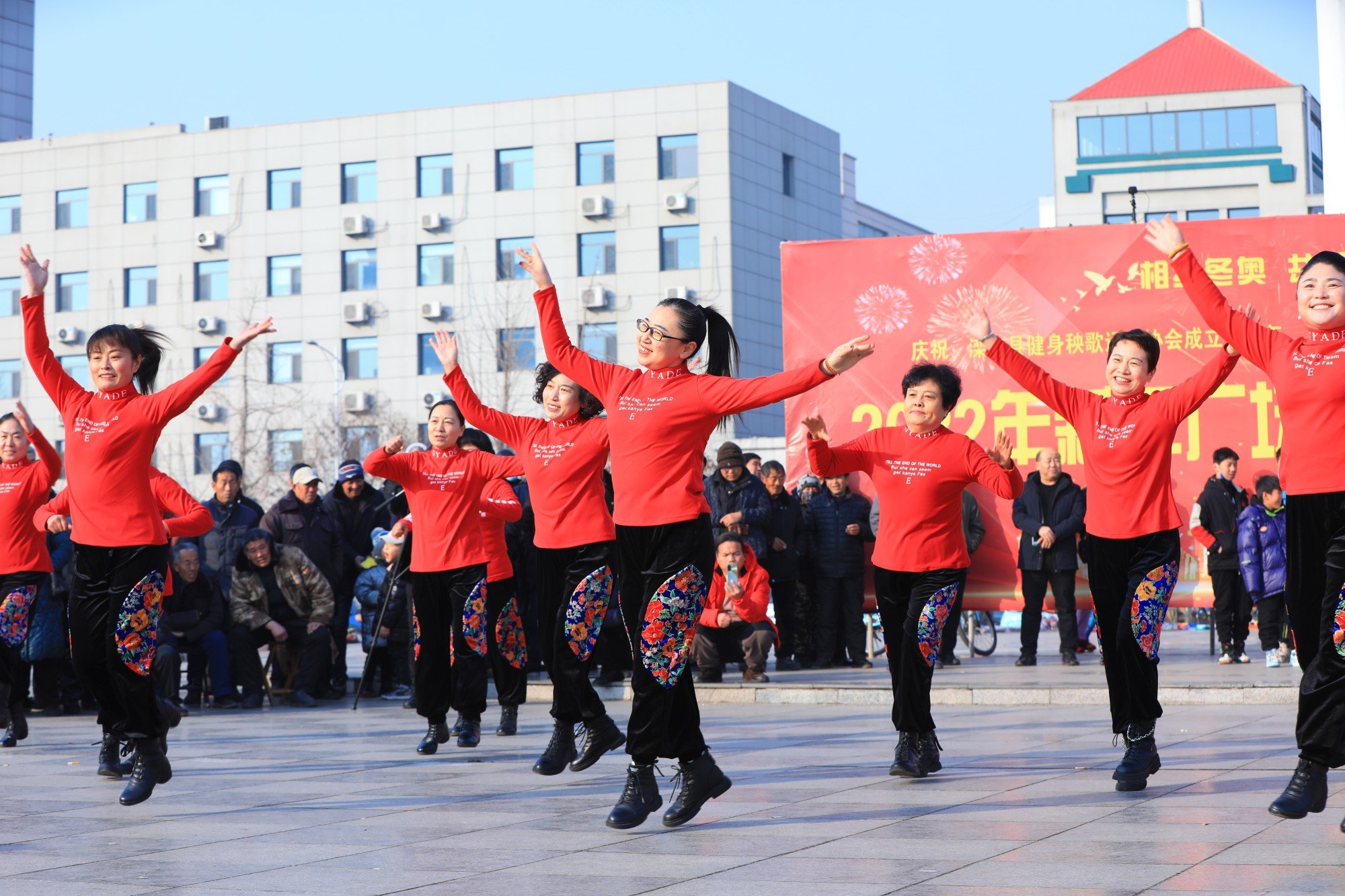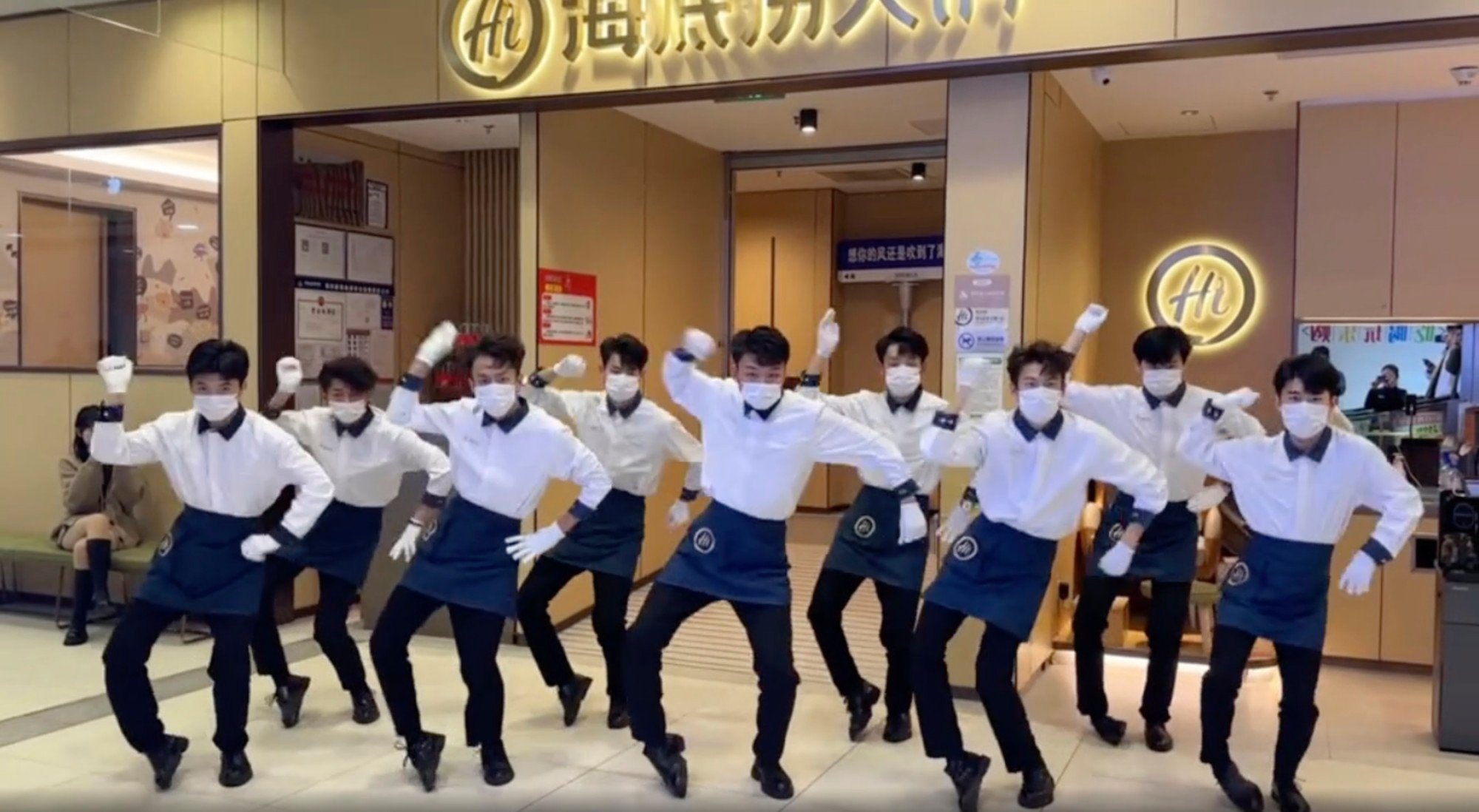
Explainer | Why Chinese love to dance in public – parks, even restaurants? For health, socialisation or self-expression?
- How tripping the light fantastic in China became a global fascination
- Different regional dances keep young and old alike healthy, happy
Foreign visitors to China are often astonished to find streets and neighbourhoods bustling with middle-aged “uncles and aunties” joyfully engaging in after-dinner square dancing.
The activity has led some to ask if people in China are natural-born groovers.
Tripping the light fantastic has also gripped the Chinese diaspora.
In Los Angeles, when Chinese residents begin square dancing, their vibrant singing and dancing quickly attracted local residents, with even first-time onlookers find themselves joining in.
So what lies behind the phenomenon. Today, the Post explains.
Square and park dancing

This genre, known as Guang Chang Wu in Chinese, is the most popular national dance.
Popular among middle-aged and retired women, who are often referred to as dancing grannies, participants dress in matching outfits and gather in neighbourhood squares after dinner.
Its roots lie in the rapid urbanisation and building boom of the 1990s, and its cross-generational appeal is in its easy-to-learn steps.
The activity not only benefits health and expands a person’s social circle, it is also a pastime for those in early retirement.
Recently, it has also attracted the interest of young adults eager to relieve the stress of work. More intricate dance steps have also diversified the dance.
Ke Mu San

Known as Subject Three in English, the name refers to a section of China’s driving test, and involves rocking the body and performing rapid wrist-twisting actions and swinging the knees and ankles.
The dance shot to prominence in during a wedding in the Guangxi Zhuang autonomous region of southern China in 2021.
Participants performed the dance to enhance the wedding’s lively atmosphere, inadvertently setting off a craze that spread across Guangxi and turning the dance into a local wedding custom.
In this region, it is said that life has three essential traits, singing folk songs, eating rice noodles and mastering the Ke Mu San dance.
Celebrated for its engaging moves and catchy music, waiters from Haidilao, a renowned hotpot restaurant chain in China known for its performance-based service, do the dance for customers, taking its popularity to another level.
While some diners criticise the performances as loud and “too vulgar”, potentially spoiling the dining atmosphere, many young patrons sought out Haidilao specifically for the dance.

Bo Bo Chicken
Just two months after the Ke Mu San captivated the nation, this emerged as the latest craze on mainland social media during the 2024 Lunar New Year.
Named after the spicy skewered snack from the southwestern Sichuan province that includes chicken, offal, vegetables and meat, the dance features head bobbing back and forth like a chicken, plus leg and hip twisting movements.
It is accompanied by the repeated shouts of street vendors from Sichuan province, “Bo Bo Chicken, Bo Bo Chicken, one yuan (14 US cents) per skewer”.
Catchy rhythms and lyrics quickly resonated across the internet, to the extent that the sample was even added to the famous Singaporean singer and songwriter JJ Lin’s concert video because the audience felt it perfectly matched his dance moves.

